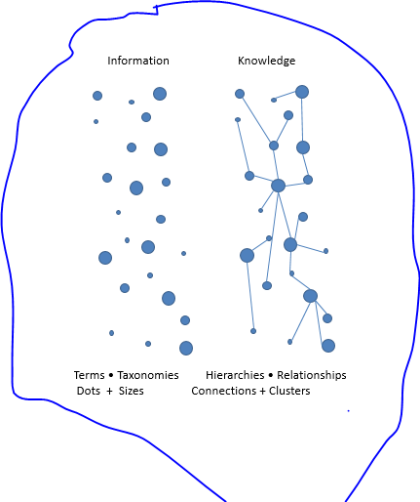Optimize Facility Renovation, Repair, and Construction Delivery with Robust Business Processes
Real Property Owners, Contractors, Architects, and Engineers are under tremendous pressure to innovate, accelerate project delivery times, and minimize costs. Also, all parties must implement methods to improve the customer experience of building users.
Many AEC organizations find these objectives difficult to achieve. They remain plagued by low productivity, a low-bid/change-order mentality, and adversarial relationships among all construction project participants. As a result, building users are unsatisfied, facility management is treated as an expense versus an asset, and sub-optimal performance has become the norm.
Solutions to the above problems have existed for decades. The are not, however, to be found in technology. Performance improvements are available via LEAN business process and associated collaborative construction delivery methods.
The reason its hard for Owners, Facility Managers and AEC service providers to optimize operations is that collaboration, team leadership, and asset life-cycle modeling/management are not areas of core expertise. They were generally not part of their formal education, nor their professional training.
Furthermore, the application of LEAN processes to Facility Management and AEC services requires deep visibility into workflows, tasks, and detailed costs. The latter is impossible without common terms, definitions, and data architectures, and reliance upon ad-hoc and inefficient manual processes that continuously “reinvent” the wheel, duplicate work, rely upon excessive management and control, and introduce variability.
When core facility life-cycle management processes, players, and systems are not fully integrated and on-board, and competency is not present in each required domain, any measurable improvement in outcomes is extremely challenging.
Integrated Project Delivery, IPD and Job Order Contracting, JOC are examples of efficient LEAN collaborative construction delivery methods than deliver on-time, on-budget, quality projects in excess of 90% of the time. This level of performance remains unmatched by traditional design-bid-build, CM@R, or design-build. Both have been available for consistent implementation for decades.
Both IPD and JOC require an understanding of the challenges facing both Owners, AEC service providers, and building users. Better education and awareness is the only viable path forward. The good news is that both can be supported by technology to enable relatively low cost and consistent deployment.
In short the adoption of collaborative LEAN construction delivery processes and an asset life-cycle perspective lead the transformation from wasteful, unsatisfactory outcomes, to economically and environmentally improved results.
Ad-hoc practices are transformed into information-supported decision-marking that leverages multi-domain expertise and associated analytics,completely transparent, efficient and unified operations, and enhanced satisfaction for all stakeholders.























